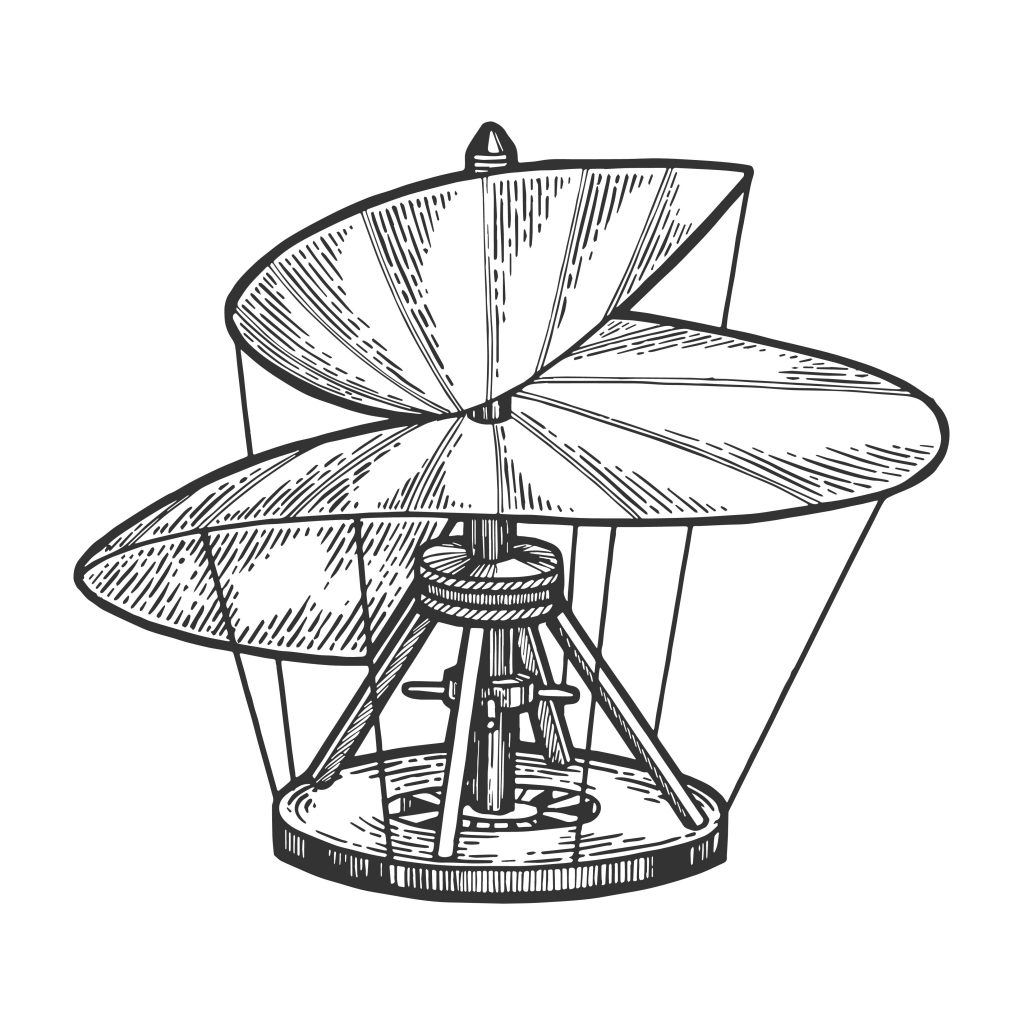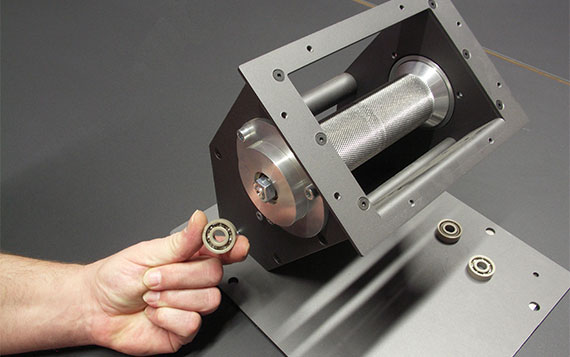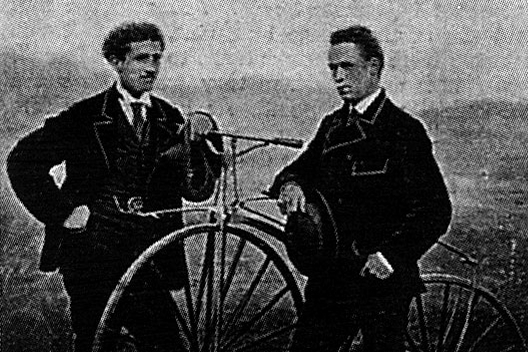4 interesting facts about ball bearings that will surprise you
Patrick Czaja | 9. September 2020
What does a famous painter, children’s toys and a bicycle road race have in common? For some, this is surprising, but they are in some way associated with ball bearings. When you think about ball bearings, many people know that they are mainly used in industry, such as in factories and motor vehicles. Rolling bearings are essential components in many of these applications. However, you may be surprised to learn four interesting facts about ball bearings in the following.
1. The inventor of the ball bearing

The earliest known example of a ball bearing device was recovered from a Roman ship discovered in an Italian lake, which was dated from around 40 AD. It was a simple revolving table with balls underneath, probably to allow people who were eating at the table to simply turn the table to access other food.
The next known documented mention of a type of ball bearing came almost 1500 years later. The man behind the document may not be who you thought it was! He was not only a famous artist, philosopher and mathematician, but also an inventor. He became famous for his painting “The Mona Lisa”. You may have already guessed it! The inventor in this case was none other than Leonardo Da Vinci. He used the ball bearing concept in 1498-1500, to reduce the friction between two plates that would touch each other in his famous design of the propeller for his helicopter design.
Although the helicopter design went down like a lead balloon, the ball bearing is a different story. 100 years after Da Vinci’s design, Galileo Galilei also mentioned an early form of ball bearing. Only in 1792 a patent for the “modern” ball bearing was applied for – it was granted to the Welshman Philip Vaughan in 1794. The ball bearing is also one of the first items that could be defined as a ‘machine’.
2. Ball bearings in everyday life
The second interesting fact about ball bearings: maybe you do not know this, but ball bearings can be found practically everywhere. In essence, bearings are critical to creating a smooth flow of motion, and almost anything that has moving parts requires some form of bearing.
Bearings in toys
Many toys with wheels whose components roll or rotate have ball bearings as part of their design, such as the well-known fidget spinners, skateboards, roller blades, remote controlled cars, and so on. The bearings in these toys enable fast, efficient functionality and safety.
Bearings in household appliances
How does the spin cycle in the washing machine or the rotation of the plate in the microwave come about? Correct, ball bearings are also involved here. Both application examples require ball bearings for proper operation. The door of your refrigerator and the garage door are equipped with bearings that open and close easily on their hinges. Other examples are mixers, fans, air conditioners and hot tubs.

3. The largest ball bearing in the world
In 2017 it was reported that Huisman, the global specialist in lifting, drilling and underwater solutions, currently produces the world’s largest ball bearings at its manufacturing facility in China. These two bearings with a diameter of 30 metres are intended for the TMC cranes designed by Huisman. These have a lifting capacity of 10,000 tons and a radius of around 48 metres.
Unlike traditional TMC cranes, which use either bogies or large wheels for their pivoting system, the cranes developed by Huisman use large ball bearings of their own design. The advantage of the bearing is that it allows a considerable weight reduction of the crane.
4. Ball bearings win the first bicycle road race
In August 1869, a Parisian bicycle mechanic named Jules Suriray patented the use of a radial ball bearing that he had developed for bicycles.

Just over three months after Suriray received the patent, the bearing he developed underwent rigorous and well-publicised testing during the world’s first major city-to-city bicycle road race. This inaugural race ran about 80 miles between Paris and Rouen, and one of the participants – an Englishman named James Moore – rode a bicycle with this type of ball bearing mounted on the oversized front wheel.
Moore won the race, and his medal for first place was undoubtedly due to the new ball bearing that had been fitted on his bike.
As you’ve read, the ball bearing established itself early on and has become an integral part of our everyday life. We at igus are specialised in the production of xiros ball bearings made of polymer. They require no external lubrication, operate extremely quietly, are corrosion-free and convince with smooth running. This makes them a cost-effective alternative to metal ball bearings. We would be pleased to assist you and test whether xiros polymer ball bearings are also suitable for your application.


Adarsh Bearings
This fact really surprise me a lot because i was not aware about this interesting facts. Thanks a lot for sharing this blog.